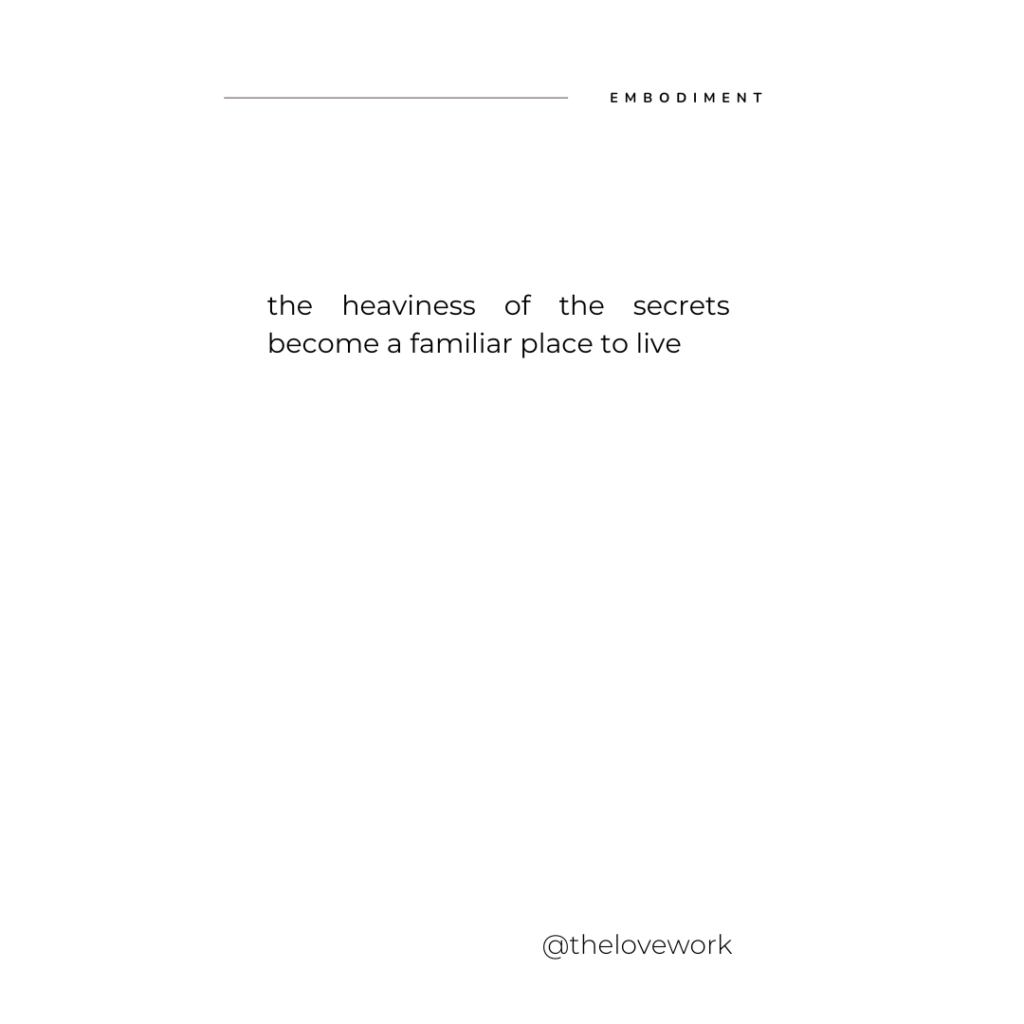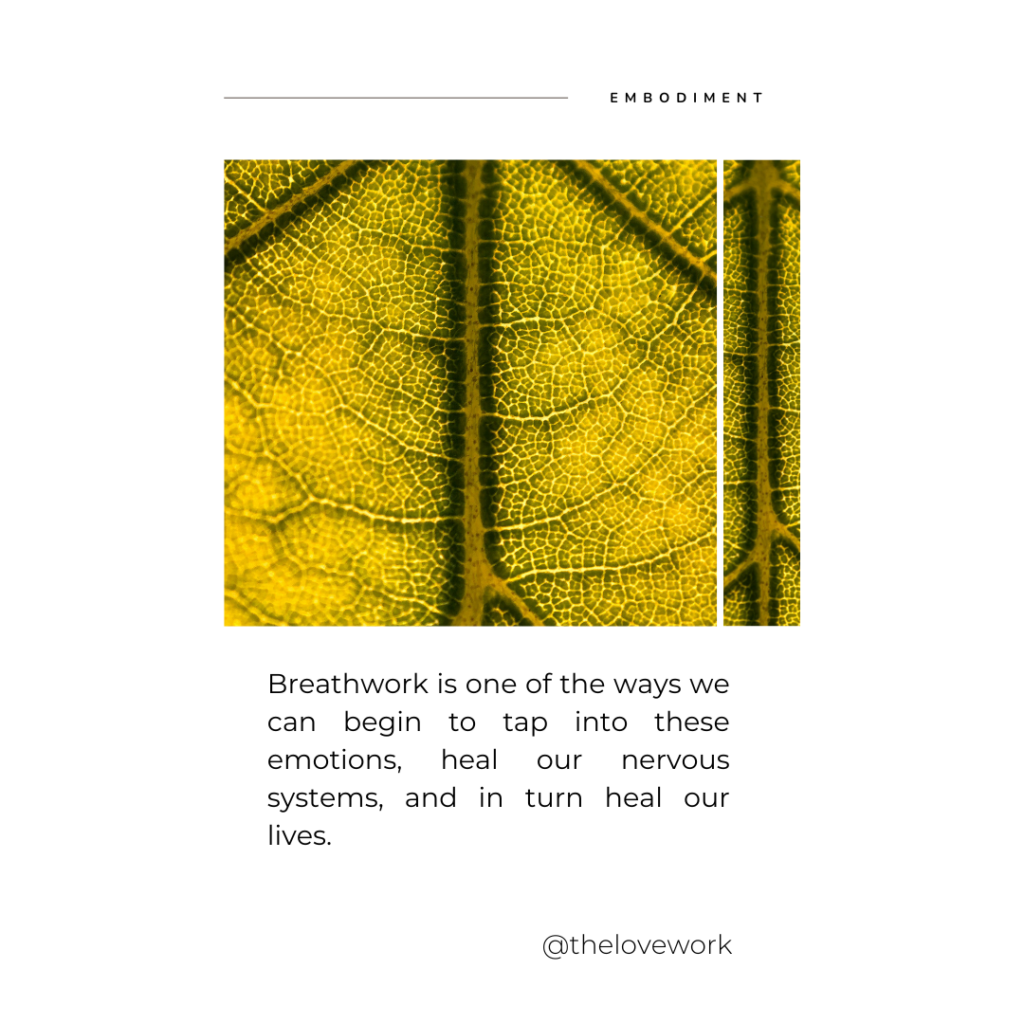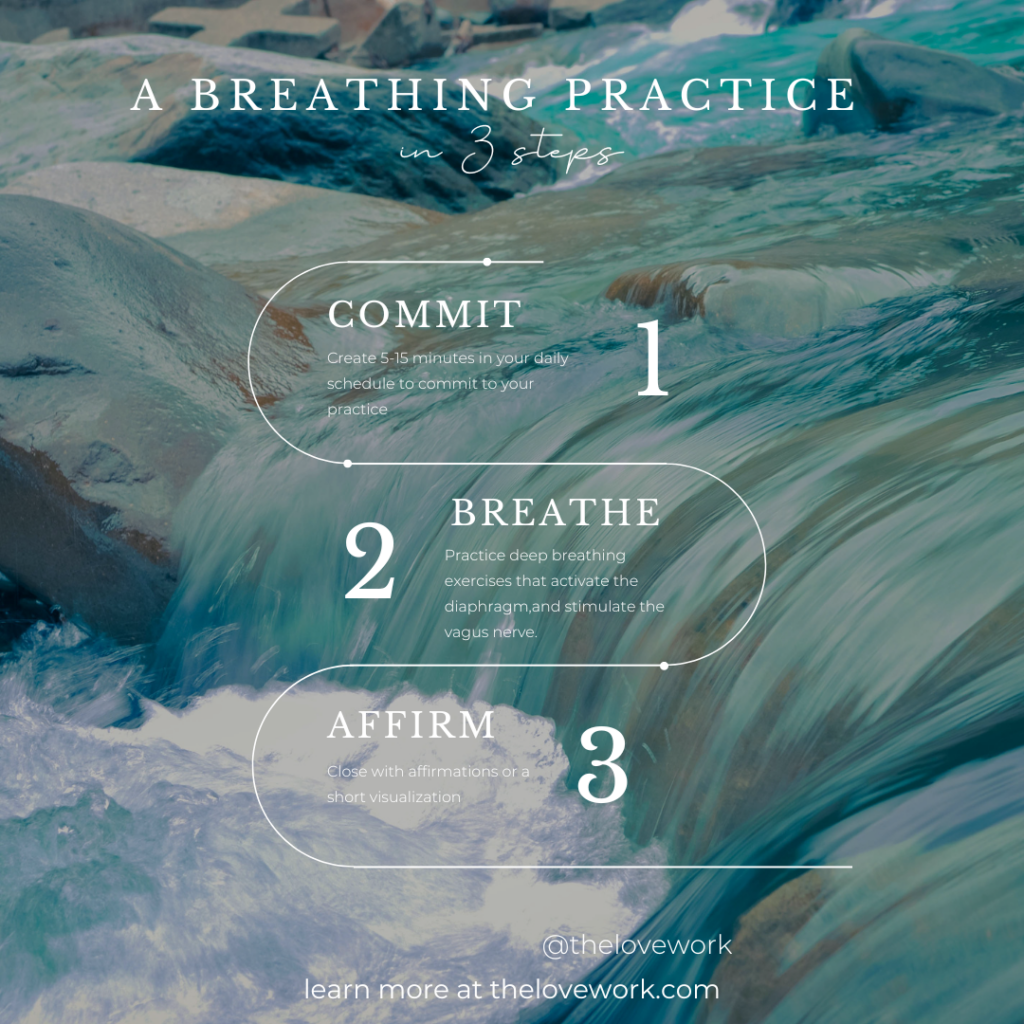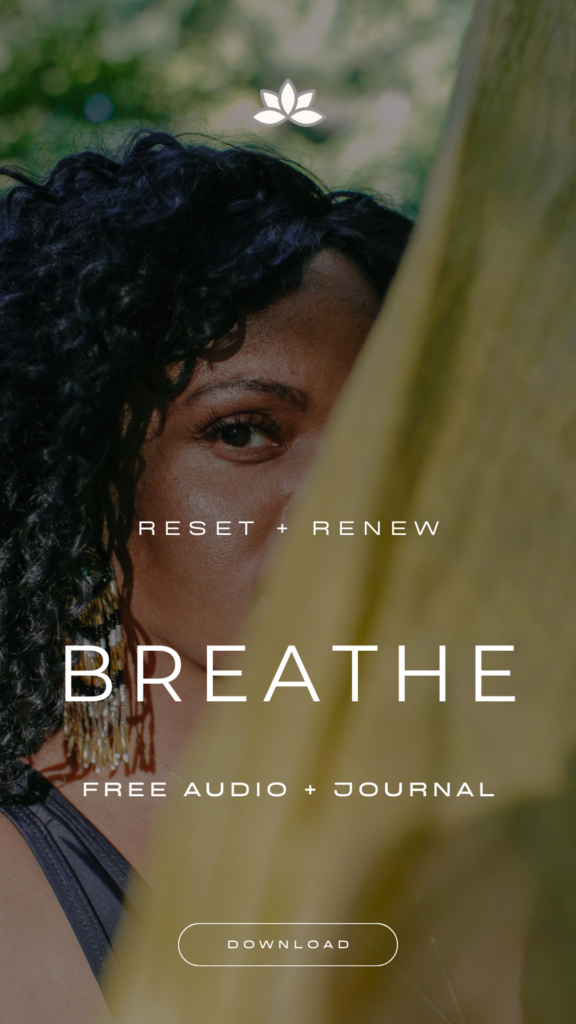The Vagus Nerve: Cultivating Resilience with Breathwork
Layers of stress and overwhelm can make simple things feel hard. Cultivating inner resilience and regulating your nervous system can work wonders. Learn why breath work can be a powerful tool for this and how to begin integrating this simple practice into your lifestyle.
I recently watched Black Cake, a series on Hulu based on the novel by Charmaine Wilkerson. Without giving away any spoilers (I highly recommend you watch it), it was an 8-episode series where a mother from the Caribbean posthumously revealed secrets about her life to her children through a series of audio recordings.
It got me thinking about the secrets we keep – some knowingly and some out of suppressed memory. We may think we are hiding something but truthfully it lives in our bodies and nervous systems weighing us down each day we choose not to confront it.
Sometimes telling ourselves the truth is the hardest part. This is often why we disconnect from our bodies and emotions making it seemingly easier to cope, at least for the short term.
The craziest part of the heaviness of the secrets become a familiar place to live
Without realizing and sometimes without even knowing out of survival we acclimate to thoughts, patterns, and emotions that keep us small and out of alignment with our true selves.
This is where and why embodiment work is so powerful, healing, and liberating. It allows us to connect with the truths we are not confronting yet leave clues all over our lives – beginning with our nervous system.

Breathwork is one of the ways we can begin to tap into these emotions, heal our nervous systems, and in turn heal our lives.

What makes breathwork so effective?
Breathwork can have a positive impact on vagal tone, which refers to the activity of the vagus nerve. The vagus nerve is a key component of the parasympathetic nervous system, which is responsible for promoting relaxation and restoring balance in the body.
Cardiac vagal tone is linked with self-regulation at the cognitive, emotional, social, and health levels.(1) Improving vagal tone has been associated with various health benefits, including reduced stress, improved digestion, and enhanced overall well-being.
Engaging in intentional breathwork triggers the relaxation response, counteracting the “fight or flight” response associated with sympathetic nervous system activation.
As the parasympathetic system is activated, the vagus nerve plays a crucial role in promoting a state of calm and balance.
How does this make a difference in day-to-day life?
When it comes to moving outside of our comfort zone for reasons such as growth, trying new things, and doing things that feel scary – improving vagal tone can increase the resilience of our body and system in being able to take on these mental and emotional risks in healthy and sustainable ways.
At a high level Increasing overall vagal tone supports the cultivation of inner resilience and the ability to move outside the familiar to expand your container to love, receive, and move in this world.
Compoundingly, when it comes to the weight of secrets, trauma, and suppressed emotions a hidden stress load on the mind and body creates a higher ‘baseline’ of stress that is already active on the mental, emotional, and physical systems.
Furthermore, suppressed memories and emotions can be triggered and on a physiological and mental level it can feel like one is living in the initial triggering event(s) in the moment.
Being able to heal and release the energy of these traumatic memories and emotions is where the magic lay for a society that is no stranger to trauma.
“…we have the ability to regulate our own physiology, including some of the so-called involuntary functions of the body and brain, through such basic activities as breathing, moving, and touching…” – Bessel Van Der Kol, MD “The Body Keeps Score”
3 simple practices to get started
1. Create 5-15 minutes in your schedule daily to commit to this
Many will say begin with 30-60 days of integrating a new practice into your life. I would say one moon cycle coupled with some intention setting is a strong foundation.
A solid start is to commit to 7 days, once your 7 days in you can commit to another 7. I notice when I integrate a new practice I feel and see the difference after a few days and a week can create transformation.
Start now by setting the intention to integrate breathwork into your daily self-care routine even if it is only for 5 minutes.
2. Practice Deep Breathing:
Engaging in deep breathing exercises, especially diaphragmatic breathing, activates the diaphragm and stimulates the vagus nerve. This type of breathing involves slow, deep inhalations in which the belly expands and slow exhales in which the belly contracts.
This is also called belly breathing, deep chest breathing may be more accessible.(2)
Slow breathing patterns, such as those practiced in certain types of meditation and mindfulness exercises, have been shown to increase vagal tone. Slowing down the breath helps activate the parasympathetic nervous system, promoting a calming effect.
Lengthening the exhalation phase of the breath can be particularly effective. This is because the vagus nerve is more active during exhalation. Techniques like “4-7-8” breathing, where you inhale for a count of 4, hold the breath for 7, and exhale for 8, can be beneficial.
3. Close with affirmations or a short visualization
Taking the time to breathe deeply and slow your breath relaxes the mind and body. This is a great time to visualize or say affirmations embodying your future self to begin to lock in the vibrational thoughts and frequency of that which you are stepping into.
It could be as simple as imagining yourself setting boundaries with ease, speaking your truth, or more easily receiving and giving love.
Mind-Body Connection
Breathwork is often used as a tool to connect the mind and body. By focusing on the breath, one can become more aware of bodily sensations and reduce stress. This increased mind-body connection can positively influence the autonomic nervous system, including the vagus nerve.
It also cultivates the ability to practice somatic awareness – which we get into in the next chapter in this series on the Vagus Nerve.

References
1 Heart Rate Variability and Cardiac Vagal Tone in Psychophysiological Research – Recommendations for Experiment Planning, Data Analysis, and Data Reporting PMC5316555
2 Are You a Belly Breather or a Chest Breather? Does it Matter?

The Love Work is my product line where I discuss integrating your inner work into your outer life. Immense inner power will be needed to birth the future.

